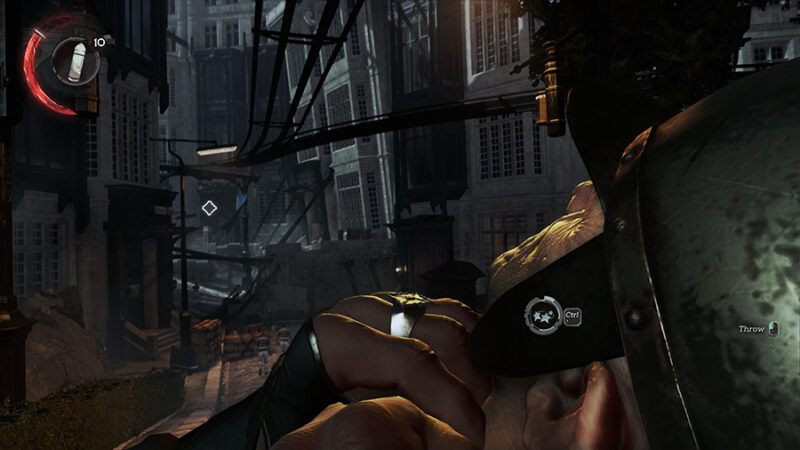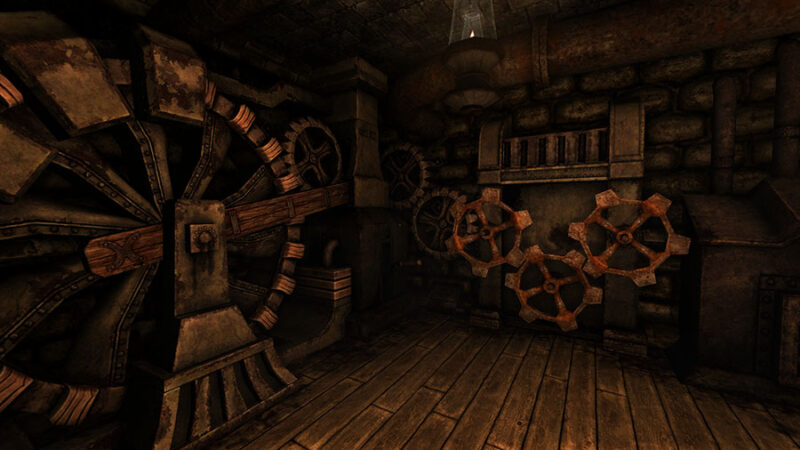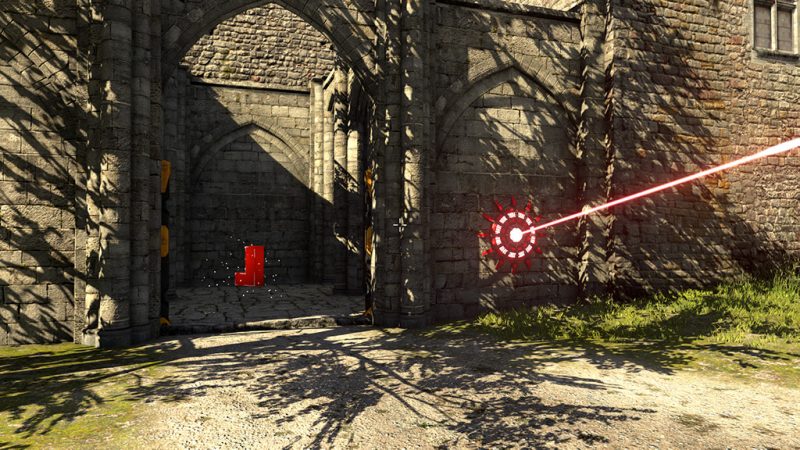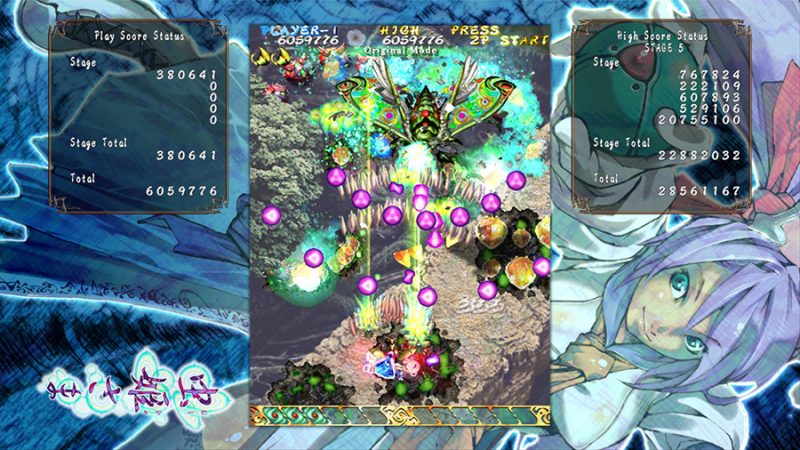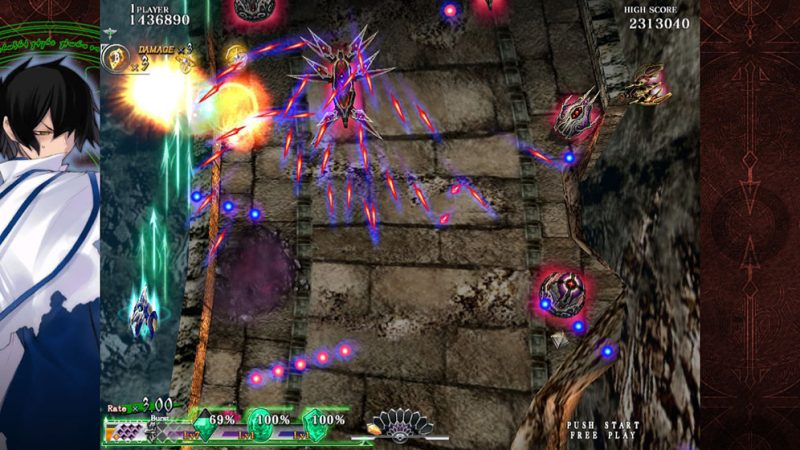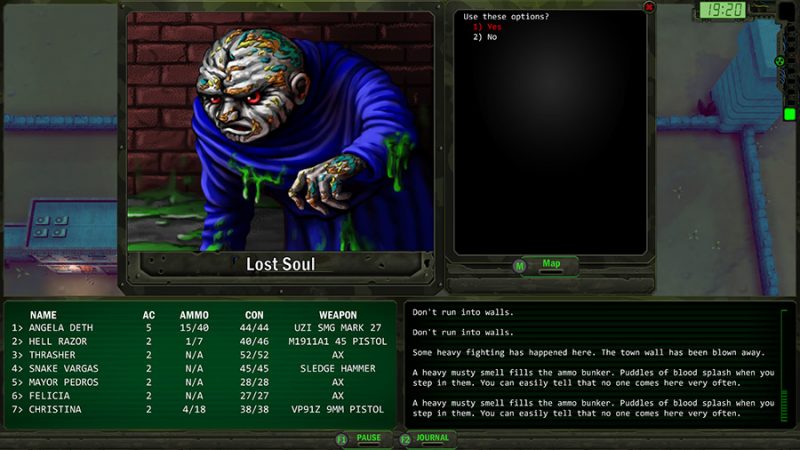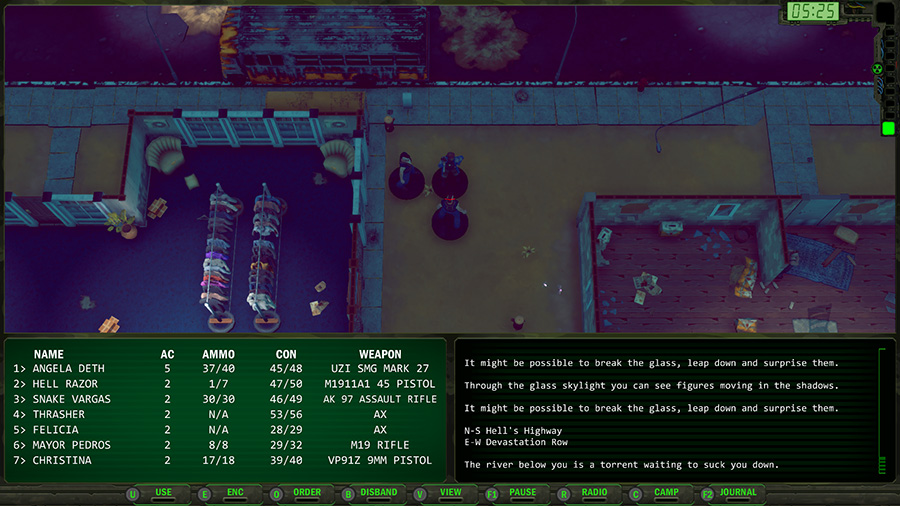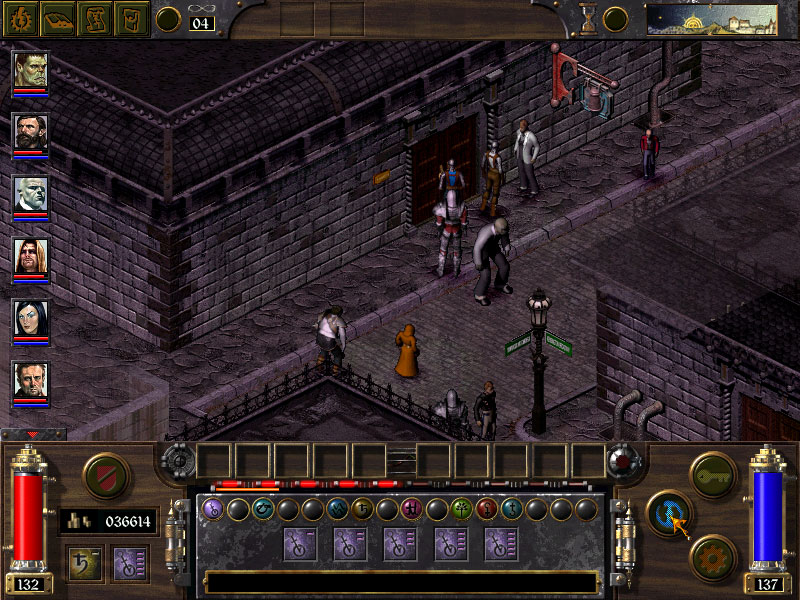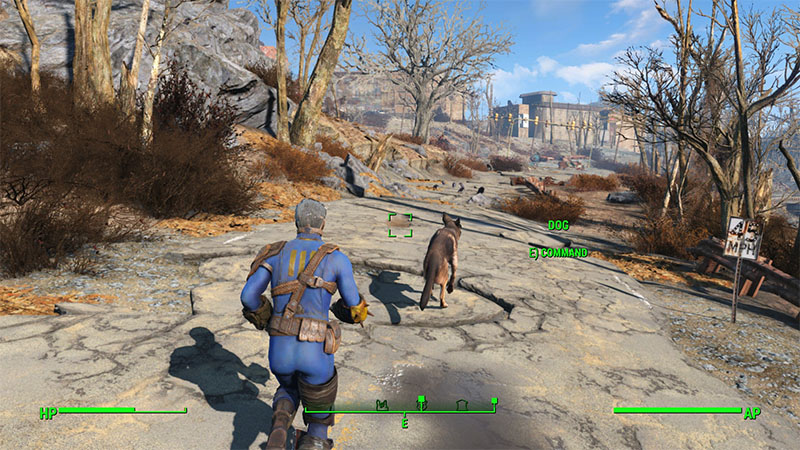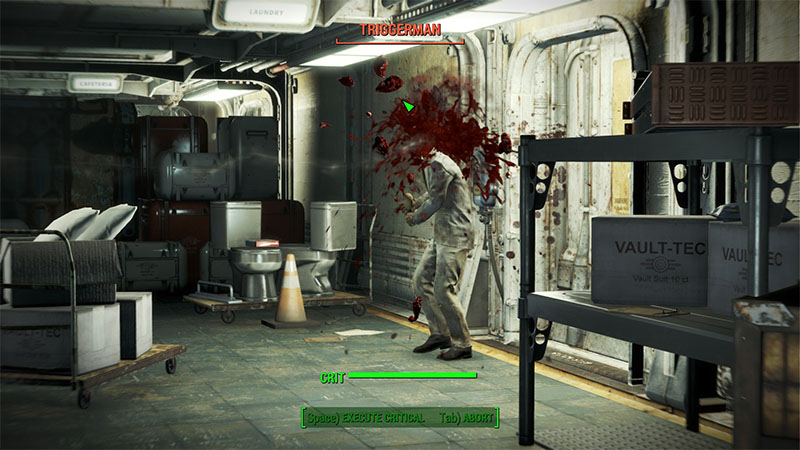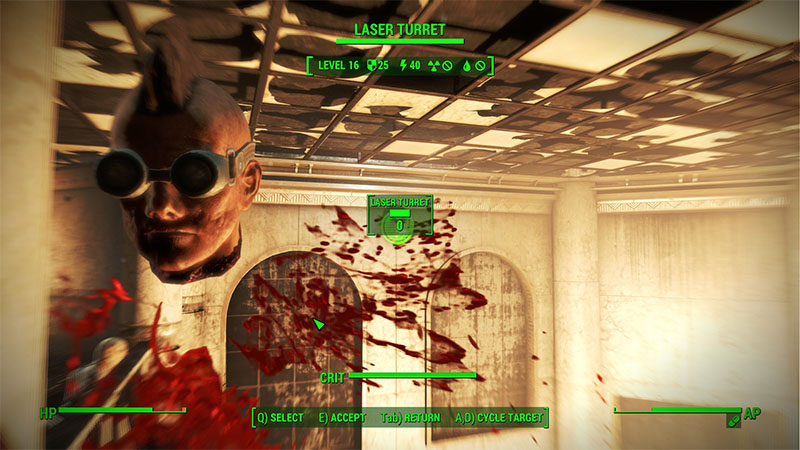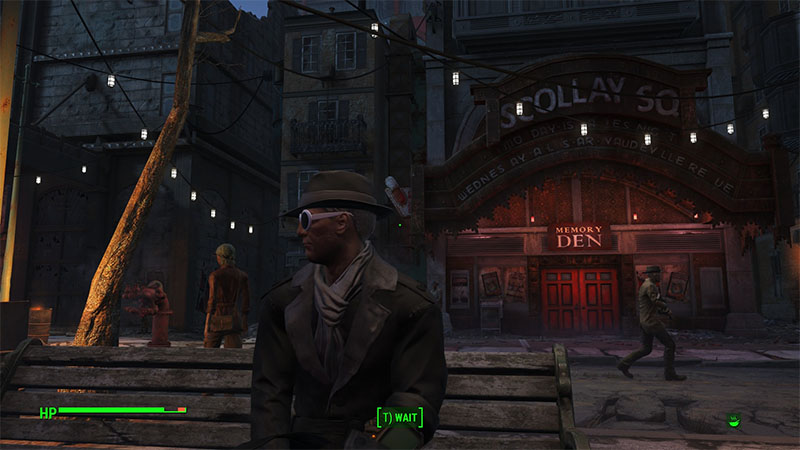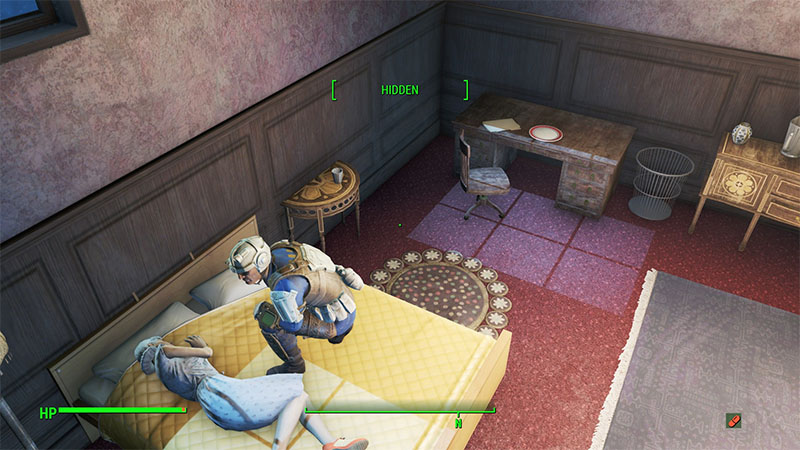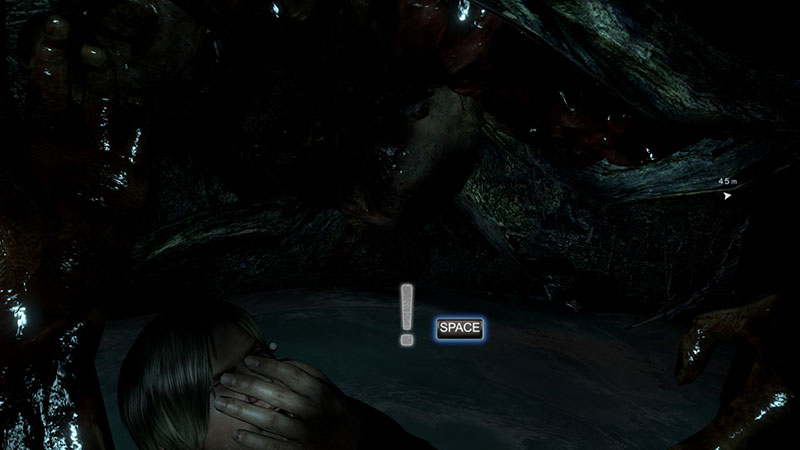Dishonored 2 on PC
It’s time to return the steampunk world of Dishonored in which you sneak around and strangle everyone who crosses your path. Dishonored 2 should be commended for allowing players to complete their goals in a variety of ways. I usually prefer the stealthy, non-lethal approach, but if you want, you can murder everyone in sight or even ignore the enemies and run to the end of the level.
As you play you begin to acquire super-powers allowing the player to teleport, see through walls, etc. The teleportation power is the first one you get and it is by far the most useful. I felt like I was cheating because I was allowed to zap myself above and around obstacles. The challenge became trying to collect all the charms strewn throughout the world without ever being detected or using lethal takedowns.
Once again I finished the game without ever killing anyone, but I still was tagged for 2 or 3 deaths along the way. I wish there was a progress screen so I would know mid-level if I accidentally hid a sleeping enemy in a killer rats nest or whatever. There was also a glitch where bodies weren’t where I left them when loaded a save, causing them to be detected by guards. I really don’t have the patience to replay the game and attempt a perfect run especially since the various endings are just quick voiceovers that change slightly based on your actions. I got my “good” ending and that’s enough for me.

